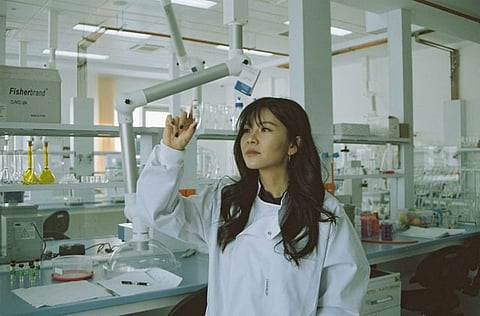In their analysis, the Women Doing Science team found that the site was indeed successful in its scope, with 37% of their posts featuring women of color and a third with bilingual captions. In fact, the site’s representation of diversity is a large draw.
“In a survey, followers mentioned that the diversity of posts was a main reason they engaged with the page,” Phillips said, “along with finding role models and generally getting inspiration.” Followers also noted the power that images of female scientist had in helping with impostor syndrome and alleviating the loneliness of being a woman in a STEM field.
But there was a downside, too. Upon examination of three particularly viral posts, two subjects received a lot of approval from followers for being “trailblazers,” while the third stimulated heated debate. It was a photo of a biology doctoral student in the lab, in heels, with hair down and makeup on.


